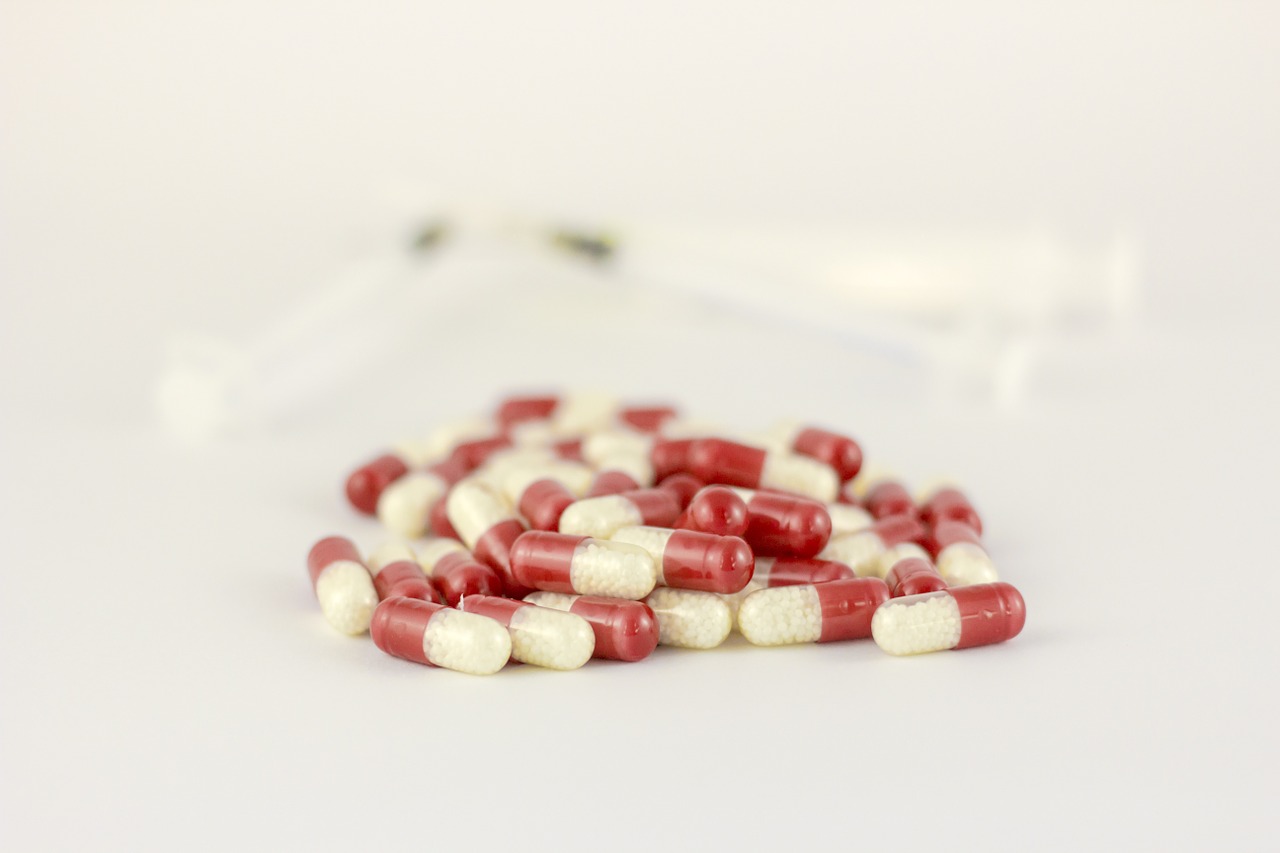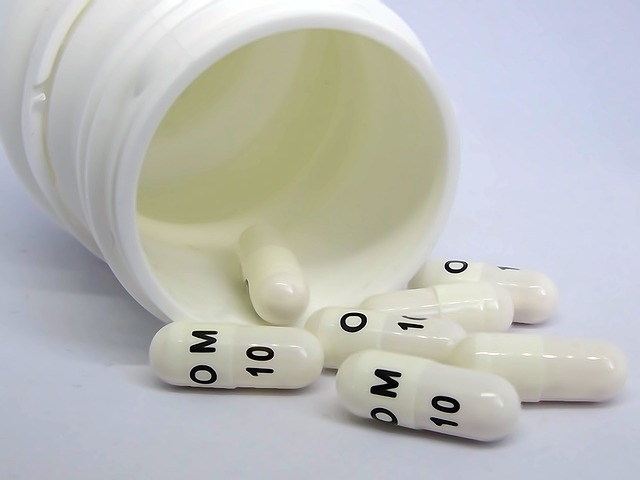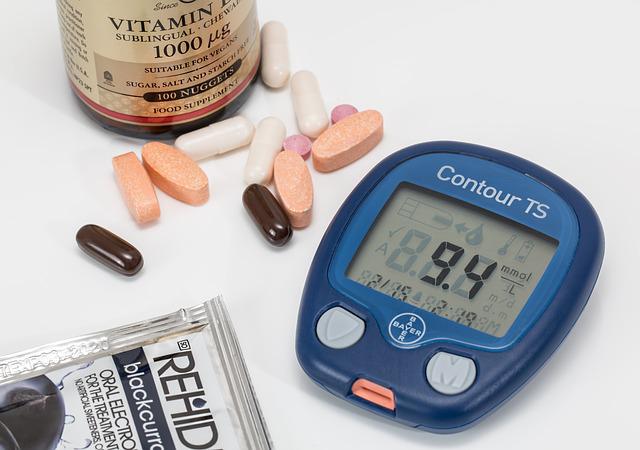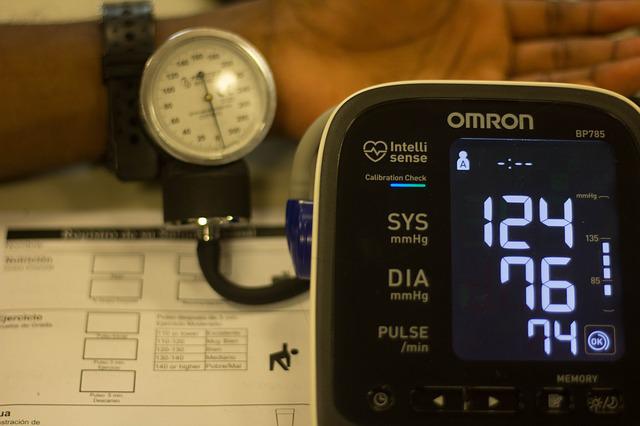Podcast: Play in new window | Download (Duration: 15:30 — 7.1MB) | Embed
On this episode, I discuss bisoprolol (Zebeta) pharmacology, adverse effects, drug interactions, and other important clinical pearls.
Bisoprolol is a beta-1 selective antagonist that can be used for atrial fibrillation, angina, and other cardiovascular indications.
It is important to remember that bisoprolol and other beta-blockers are not considered first-line agents for hypertension alone.
Beta-receptor selectivity does start to disappear with bisoprolol as you get to higher dosages. I discuss this further in the podcast.
Be sure to check out our free Top 200 study guide – a 31 page PDF that is yours for FREE!
Support The Podcast and Check Out These Amazing Resources!
Meded101 Guide to Nursing Pharmacology (Amazon Highly Rated)
Guide to Drug Food Interactions (Amazon Best Seller)










